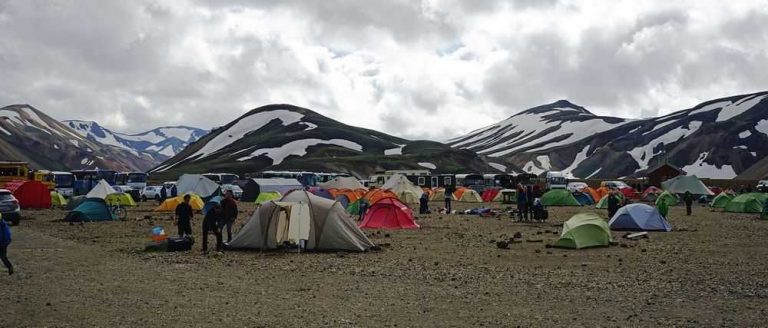The Zen of Creating a Photo Story

In 1911 an article by advertising copywriter Fred R. Barnard promoted the idea of using images on the side of streetcars for advertisements. Since then the idea that a picture is worth a thousand words has become a cultural meme. Instagram, for instance, has monetized the idea by creating Instagram Story, an ingenious multimedia layout for people who want to share their stories through pictures.
Borrowing from this theme of using pictures to tell stories, you can use your love of photography to do more than just capture fleeting impressions of reality. You can also use your photos to become a visual storyteller.
Increase Your Technical and Artistic Proficiency
The first and most important thing you must learn to do before you can tell a good photo story is to improve your photography skills. Each photo in your series should be consummate in its own right, just like every act in a play has to be well-performed before the next act can happen.
You learn to take excellent photographs by improving your proficiency. As a photographer, you have two distinct types of proficiencies: one, the technical proficiency of understanding different types of cameras and various camera settings; two, the artistic proficiency of understanding how to take a “good” picture.
“What is a full frame mirrorless camera?” ” What’s an F-Stop?“ “How do you use Three-Point Lighting for photographing people?” These are the sort of questions that someone improving their technical proficiency will ask.
“How do I deal with shadows when taking a still-life picture?” “How do I add separation and depth and interest when taking a portrait?” “What is the rule of thirds when taking a landscape photograph?” These are the sorts of questions that someone working on improving their artistic proficiency will ask.
The best way to improve both your technical and artistic proficiency is to take photography classes, read books, magazines, and blog posts about photography, and learn directly from mentors and peers.
Plan Your Story in Detail
There are two ways to create a story: the ad hoc way and the integrated way.
Let’s suppose you are going on a photo safari to Kruger National Park. Your mission is to photograph the big five—lions, leopards, elephants, cape buffalo, and rhinoceros. You plan to create a photo story for Instagram or Pinterest because this will help you promote your photography business. You might also create an illustrated travelogue of your South African adventure.
Using the ad hoc method, you will take your photos throughout your safaris. Later, when you get home, you’ll sort through and organize them.
Using the planning method, you would get a detailed itinerary of your trip from the safari tour company. Although your journey may unfold in a slightly different way than planned, your notes will help you create a chronological record of your entire journey. Your planning might even include talking to professional wildlife photographers for tips.
You will find that a planned approach will allow you to have a far more enriched experience. Everything will be better from choosing the best light for taking your photographs to developing a consistent editing process.
Strive to Be Original
How do you make your pictures as original as possible? How, for example, will your picture of a pride of lions under an acacia tree just before twilight be different from any other lion pictures in the same national park at around the same time of day?
Here’s how to be original:
First, create a series of photographs rather than relying on a single picture. Using a series will allow you to provide more unique angles and provide a fuller description of the scene.
Second, capture images that evoke meaning. Simply taking a picture of a lioness staring into the camera is fine, but you will certainly add more layers of meaning if you capture a picture of the lioness playing with her cubs. It’s the same lioness, but now you see her as a mother and you evoke more meaning for your viewer. You stir thoughts and feelings, memories and reflections in your viewer’s mind.
In closing, a final piece of advice is to follow your intuition when it comes to creating your photo story. You’ll find it a much more reliable guide than simply overthinking the process.




